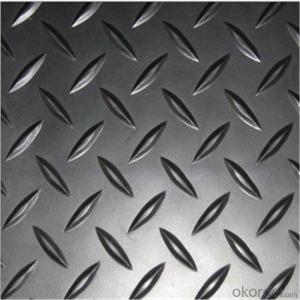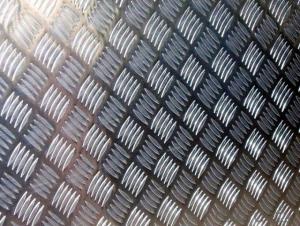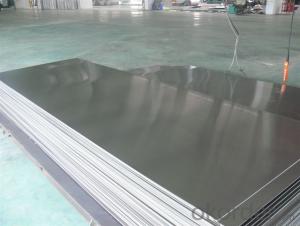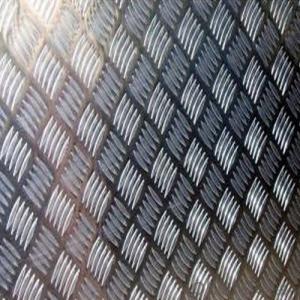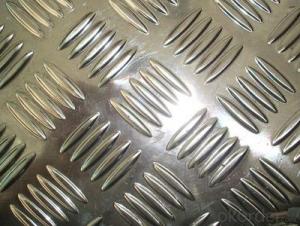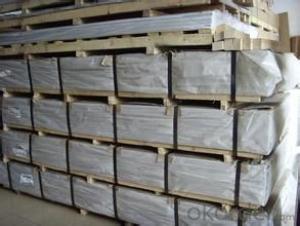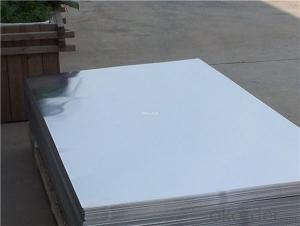Aluminum Diamond Plate 4x8 Sheet
Aluminum Diamond Plate 4x8 Sheet Related Searches
Led Light Bulbs For Ceiling Fixtures Led Lamps For Ceiling 42 In Ceiling Fan With Light Aluminum Coil Stock For Gutters Aluminum Foil For The Grill Hole Saw For Aluminum Plate Aluminum Tread Plate For Trailer Bow Plate For Aluminum Boat Aluminum Foil For Grow Room Aluminum Foil For Joint PainHot Searches
Stock Price For Aluminum Aluminum Coil Stock For Sale Aluminum Gutter Coil For Sale Used Aluminum Scaffolding For Sale 1/4 Aluminum Plate For Sale Aluminum Bar Stock For Sale Aluminum Round Stock For Sale Aluminum Diamond Plate For Sale Aluminum Scaffolding For Sale Craigslist 6061 Aluminum Plate For Sale Aluminum Dock Plate For Sale 7075 Aluminum Plate For Sale Aluminum Tread Plate For Sale Aluminum Checker Plate For Sale Aluminum Plate For Sale Near Me Plate Aluminum For Sale Aluminum Plate For Sale Aluminum Square Stock For Sale Aluminum Flat Stock For Sale Billet Aluminum Stock For SaleAluminum Diamond Plate 4x8 Sheet Supplier & Manufacturer from China
Okorder.com is a professional Aluminum Diamond Plate 4x8 Sheet supplier & manufacturer, offers integrated one-stop services including real-time quoting and online cargo tracking. We are funded by CNBM Group, a Fortune 500 enterprise and the largest Aluminum Diamond Plate 4x8 Sheet firm in China.Hot Products
FAQ
- Yes, aluminum sheets can be used for electrical conductors. Aluminum is a good conductor of electricity, although it is not as efficient as copper. However, aluminum is often used in electrical applications due to its lightweight nature, cost-effectiveness, and corrosion resistance. It is commonly used in power distribution lines, wiring systems, and electrical equipment.
- There are several measures that can be taken to prevent warping of aluminum sheets during machining: 1. Proper material selection is crucial in minimizing warping. Opt for aluminum alloys with lower levels of thermal expansion, like 6061 or 7075, as they are less prone to warping. 2. It is recommended to stabilize the material before machining by annealing or stress-relieving the aluminum sheets. This process reduces internal stresses and decreases the likelihood of warping. 3. Ensure the use of appropriate cutting tools. Opt for tools with sharp edges and proper geometry to minimize heat generation and facilitate efficient chip removal. Carbide or diamond-coated tools are often preferred for their high heat resistance when machining aluminum. 4. Minimize heat generation during machining, as excessive heat can cause warping. Implement the use of coolant or lubricants to reduce friction and dissipate heat. Continuous cooling helps maintain a stable temperature and prevents warping. 5. Properly control cutting parameters such as cutting speed, feed rate, and depth of cut to prevent warping. High cutting speeds or excessive material removal rates generate excessive heat, which leads to warping. Experimentation and experience should determine the optimal parameters. 6. Use appropriate fixturing during machining to minimize the chances of warping. Securely clamp the aluminum sheets using suitable fixtures or jigs to maintain stability and prevent movement. 7. Consider employing machining techniques like climb milling or ramping, which reduce vibrations and ensure a smoother cutting process, thereby reducing the risk of warping. 8. After machining, it is advisable to stress-relieve the aluminum sheets again. This step further reduces any residual stress that may have developed during the machining process. By adhering to these steps, the chances of warping during the machining of aluminum sheets can be significantly reduced, resulting in high-quality finished products.
- Yes, aluminum sheets can be used for outdoor applications. Aluminum is a highly durable and corrosion-resistant material, making it suitable for various outdoor uses such as roofing, siding, and decorative cladding. It is also lightweight, which makes it easier to handle and install. Additionally, aluminum can be coated or painted to enhance its weather resistance and aesthetics, further increasing its suitability for outdoor applications.
- I just bought a cheap brand of pop tarts. One of the listed ingredients under Leavening is, sodium aluminum. I don't think Wal-Mart will take back the box, so should I just throw the whole box of 16, away. Or is the proportion of aluminum in the product so minute, that it will not make a difference to my health? Thanks.
- It's actually Sodium Aluminum Phosphate. It's used as a preservative in a lot of food actually. It's not exactly good for you, but it's really no more harmful than any other preservative. So basically, it's unhealthy, but you're not gonna die from eating them. EDIT: Yes I realize that Aluminum has been linked to Alzheimer's disease, but this isn't Aluminum. Aluminum is an element. This is Sodium Aluminum Phosphate. A completely different substance. When an element bonds with another element (or two) often its properties completely change. I think you'd be surprised to learn that Sodium by itself, is not only horribly volatile (it will explode in water) and will kill you if you ingested it. Iodine is also poisonous in fairly moderate doses. But when the two are bonded together (sodium iodide) it becomes an essential nutrient to the body.
- Boat building can indeed incorporate aluminum sheets. The lightweight quality, durability, and resistance to corrosion make aluminum a favored material for constructing boats. Small recreational boats, larger yachts, and even commercial vessels commonly employ aluminum sheets in their construction. These sheets offer numerous benefits, including ease of manipulation, a remarkable strength-to-weight ratio, and minimal upkeep requirements. Furthermore, aluminum boats are esteemed for their exceptional buoyancy, stability, and fuel efficiency. All in all, utilizing aluminum sheets is a suitable and dependable choice for boat building.
- 3003H24 alloy aluminum plate refers to what kind of aluminum plate?
- 3003H241, the first to 3 words led by the expression is: manganese as the main alloying elements of aluminum alloy;2, second, 0 words indicate that the aluminum alloy, its impurity limit content without special control;3, third, fourth digit 03 indicates modification alloy, not too much actual connotation;4. H means products that increase strength by working hardening;5, 24 in 2 said the work hardening and incomplete annealing state (i.e. the degree of work hardening than product requirements after incomplete annealing strength is reduced to the specified index products) 4 means O is intermediate state to the 8 state that value.
- Aluminum sheets can be colored using various methods, each with its own strengths and limitations. Let's explore some of the commonly used techniques: 1. Anodizing: Anodizing is a favored method for coloring aluminum sheets. It entails creating a controlled oxide layer on the surface of the aluminum through an electrochemical process. This layer can be dyed in different colors, resulting in a resilient and long-lasting finish. Anodized aluminum is resistant to corrosion, UV rays, and scratches, making it an excellent choice for outdoor applications. 2. Powder coating: Powder coating is another popular technique for coloring aluminum sheets. It involves applying a dry powder coating to the sheet's surface, which is then cured in an oven. The powder melts and forms a protective layer that adheres to the aluminum. Powder coating offers a wide range of colors and finishes, and it provides exceptional durability, fade resistance, and scratch protection. 3. Painting: Painting is a traditional method for coloring aluminum sheets. It requires applying a liquid paint to the surface, which subsequently dries and forms a protective layer. Painting offers a vast array of color options and can achieve various finishes, such as matte, gloss, or metallic. However, painted aluminum sheets may require additional protective coatings to enhance durability and fade resistance. 4. Cladding: Cladding is a technique that involves applying a thin layer of colored material, such as stainless steel, copper, or composite panels, onto the aluminum sheet's surface. This method allows for a wide range of colors and finishes, while also providing extra protection. Cladding can be utilized to achieve a unique aesthetic or enhance the durability of the aluminum sheet. 5. Dye sublimation: Dye sublimation is a specialized method of coloring aluminum sheets, which employs heat and pressure to transfer designs or images onto the surface. This process enables high-resolution prints and vibrant colors, making it particularly suitable for decorative and signage applications. Each method of coloring aluminum sheets has its own advantages and considerations, such as durability, aesthetics, cost, and application requirements. It is crucial to thoroughly assess these factors when determining the most suitable method for a specific project.
















